Hebei JingMing Agricultural Development Co. Ltd. revolutionized their dairy cattle feed production by transitioning from labor-intensive, time consuming hay to nutrient-rich alfalfa silage, implementing baling to ensure consistent, high-quality feed year-round. This shift not only enhanced milk yield and quality but also set a new benchmark in sustainable dairy farming.
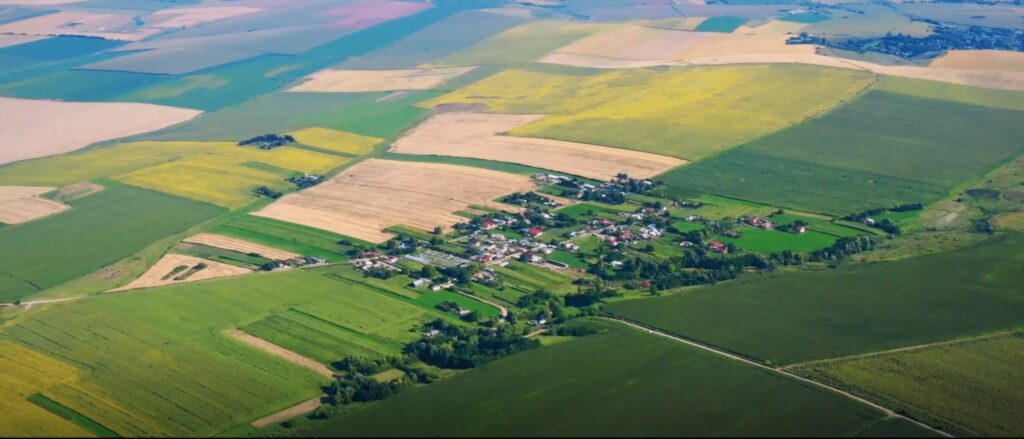
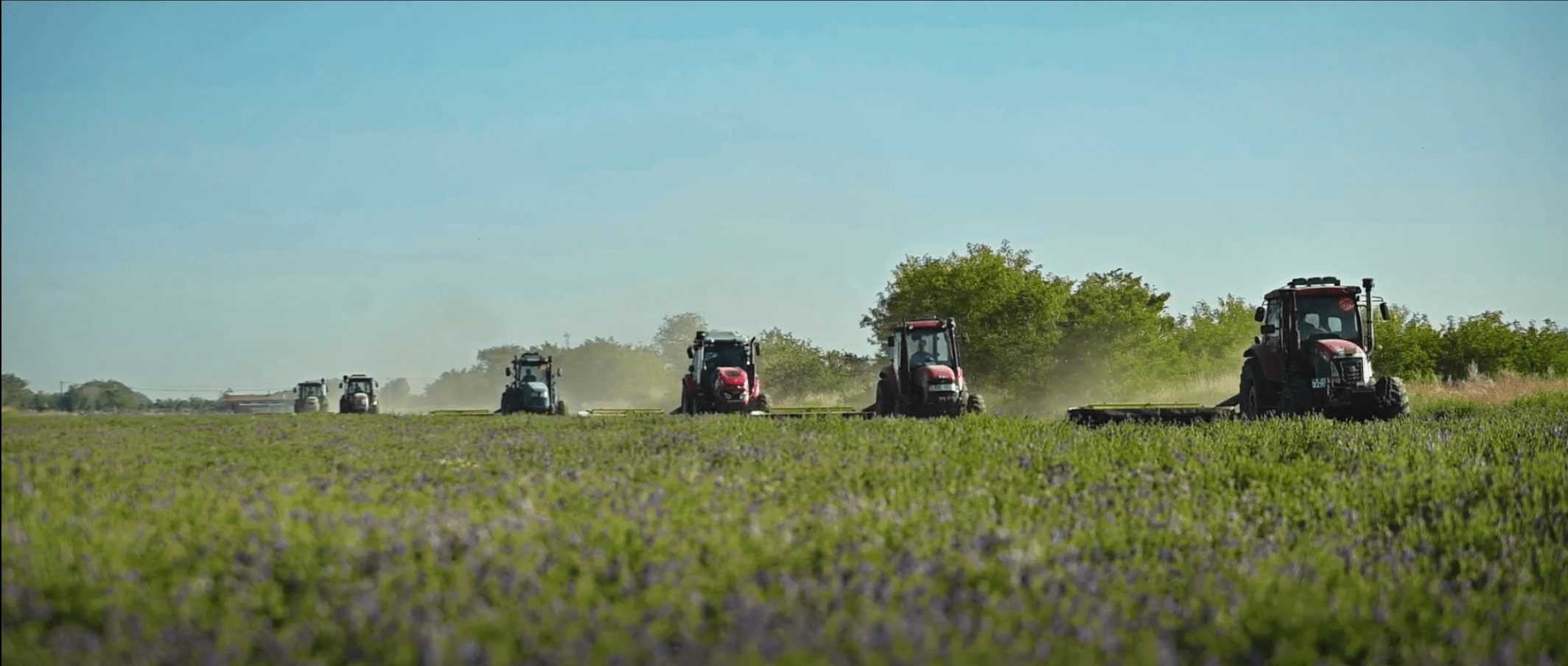
Boosting Dairy Feed Production
Back in 2015, Hebei JingMing Agricultural Development Co. Ltd. took on a big project: cultivating 3,000 acres in China to boost their dairy cattle feed production. Their main focus at the time was hay production, which takes about a week to cut, dry, and bale—a process that’s not only labor-intensive but also heavily dependent on good weather.
As weather became more unpredictable, they needed a more reliable solution for consistent feed quality. Their search led them to Wisconsin U.S., where they saw advanced alfalfa silage production in action.
Inspired, they began growing alfalfa—a high-protein crop perfect for providing stable, high-quality feed year-round, essential for maximizing milk yield and quality.
Hebei Province in China
- As of 2022, there was 1,4 million dairy cattle in the Hebei province in China
- Hebei is one of Chinas top beef-producing regions
- The province’s fertile plains support the cultivation of various crops, including wheat, corn, cotton, and a variety of fruits and vegetables.
- Hebei is home to over 74 million people, making it one of China’s most populous provinces.
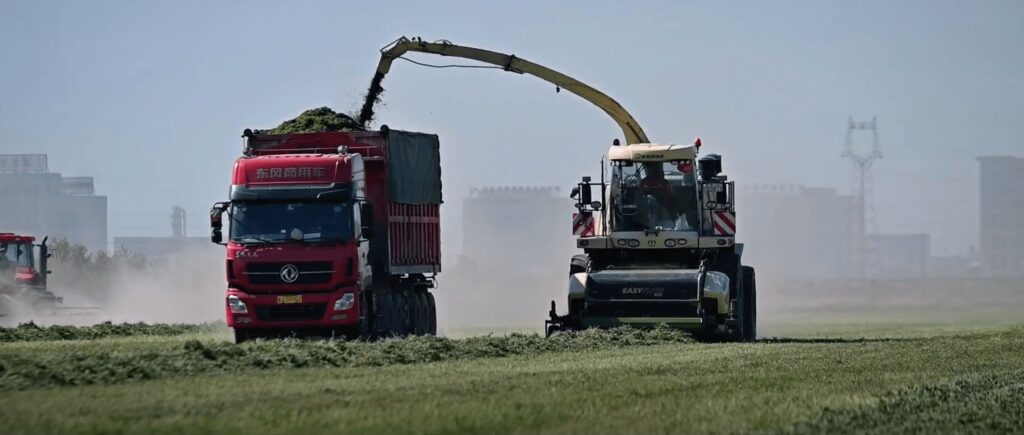
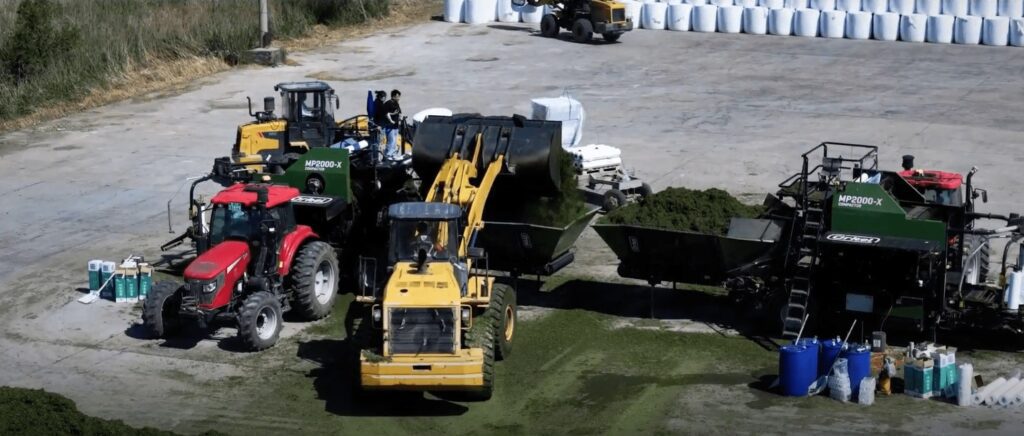
Enhancing Dairy Nutrition: Implementing Alfalfa Silage Baling
To keep the alfalfa’s nutritional value intact until feedout, they purchased their first Orkel compactor, an MP2000-X, in 2018 to switch from bunker silo to baling. The baling method involves compacting and wrapping the alfalfa, protecting it from environmental factors that could degrade its quality. Baling not only preserves the nutritional content of the crop, but also makes storage and handling easier.
The shift from bunker silo to bales, reduced total costs from 90 Yuan per tonne to 70-80 Yuan per tonne. Despite the similar overall costs, Mr. Yu emphasizes that the quality of the alfalfa silage bales is significantly superior.

By incorporating baled alfalfa silage into their feed formula, Hebei JingMing ensures their dairy cows receive a consistent and balanced diet, leading to optimal milk production and minimal feed waste.
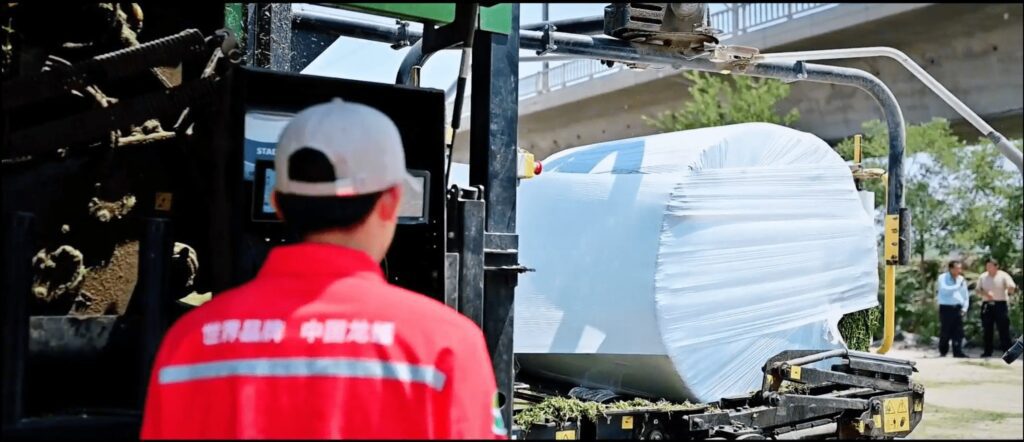
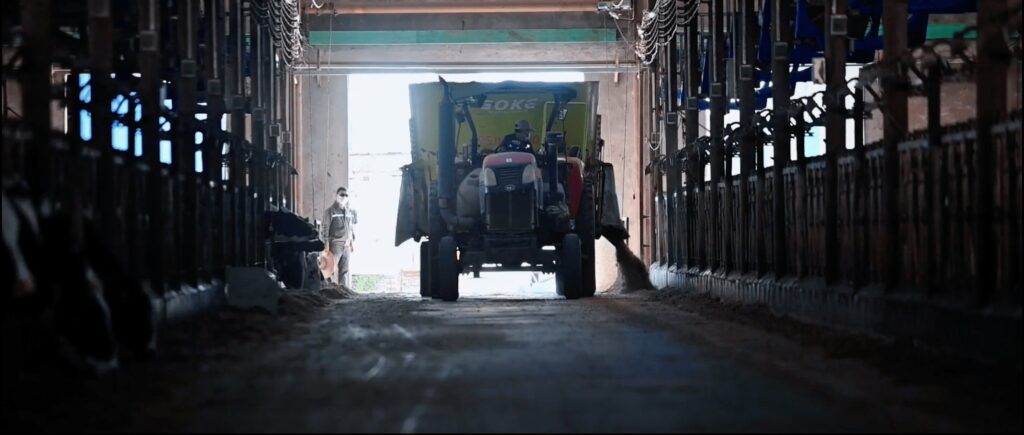
Elevating Feed Management with the Orkel Precision System
Always looking to innovate, in 2023, they implemented the Orkel Precision system. This technology provides real-time data on production metrics like location, time, and dry matter content of the feed. With precise inventory tracking, they can accurately assess forage availability, making informed decisions about purchasing additional feed or selling surplus.
This level of control ensures a consistent feed supply, directly contributing to optimal milk production.
Enhancing Feed Quality and Milk Production
By strategically adopting advanced agricultural practices and technologies, Hebei JingMing has significantly improved their feed production process. Focusing on alfalfa silage, precise nutrition formulation, and state-of-the-art conservation methods has led to a stable, high-quality feed supply.
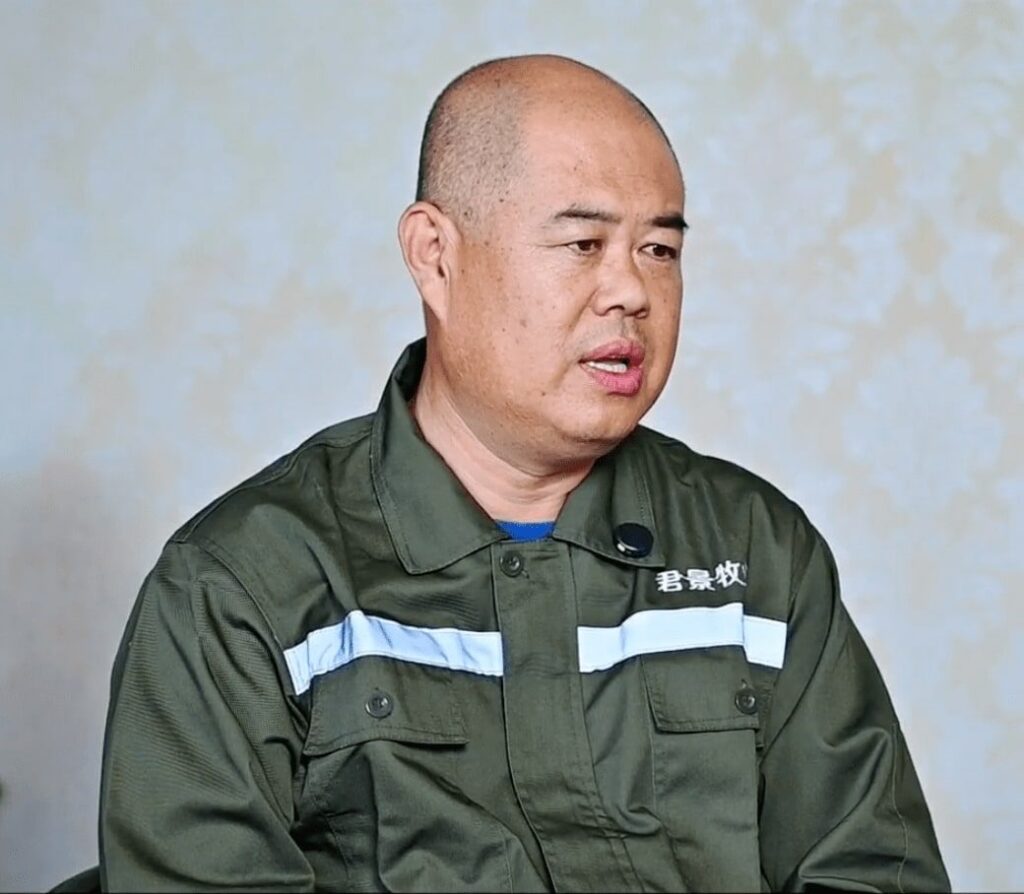
According to Mr. Yu, this comprehensive approach with alfalfa silage baling has been cruical in enhancing milk yield and quality, reinforcing the company’s position in the dairy industry.
Contact Orkel
Enter your details below and we will get in touch with you!